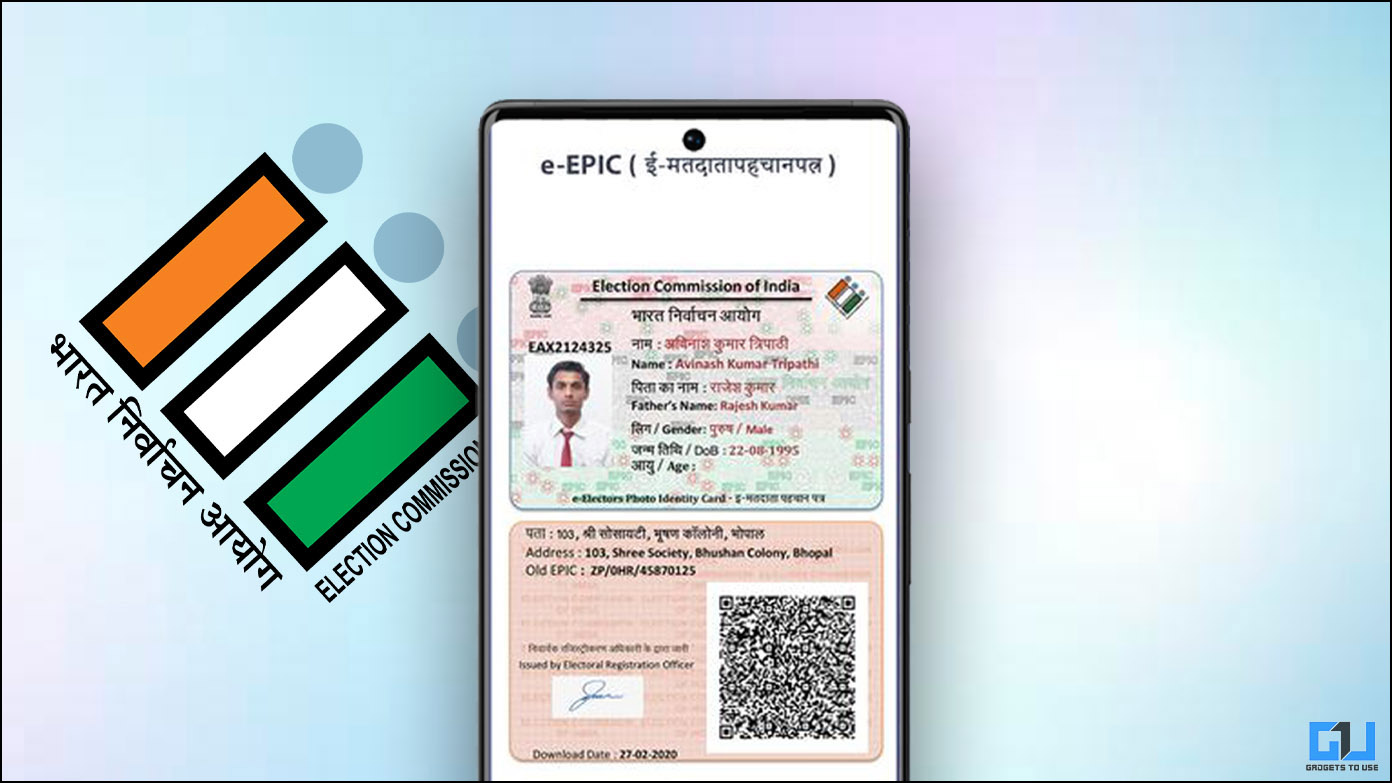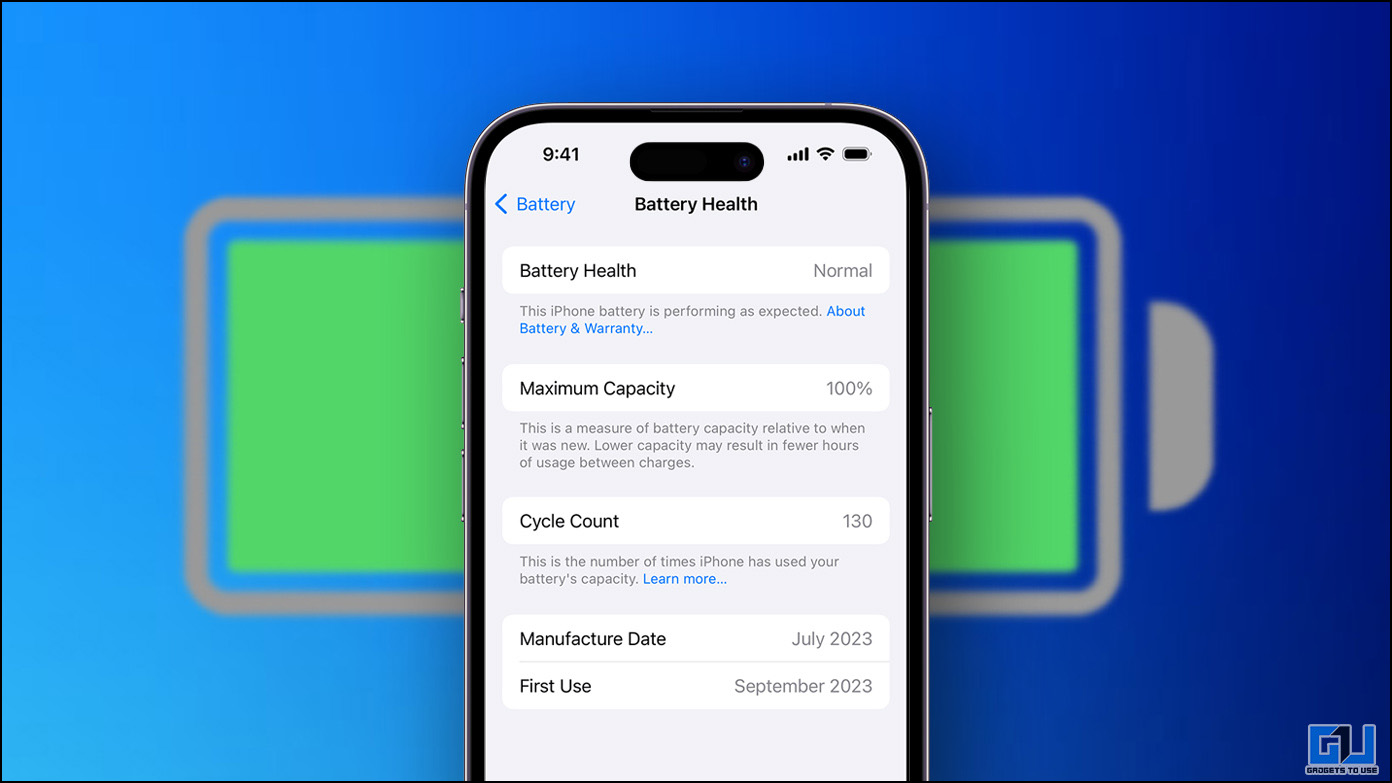Since Android has transitioned to a 64 bit smartphone world, rather haphazardly, 4G RAM is inevitable next step. We have already seen Asus Zenfone 2 with 4GB RAM and next in line is OnePlus 2 which will have 4 GB LPDDR4 RAM. All new flagship phones will embrace LPDDR4 RAM and that is a good thing. Let’s take a look .
RAM Basics
So before we proceed, lets take a look at basic RAM concept for all Android users. Your RAM or Random access memory is fast memory, much faster than your nand flash storage. Your android apps are first cached in RAM, where they are available to quickly feed App codes to CPU when required.
When an app is cached in RAM, CPU can access it faster. Thus with more RAM, you get to keep more apps in RAM and thus multitasking is fast. Theoretically speaking, If your phone has limited RAM and you are switching between your email app and browser, it will take more time and you won’t be on the exact location on the browser page when you switch. Your current tab will reload and you will have to scroll all the way down again and again.
RAM used in smartphones is DDRAM or double data rate RAM. LPDDR4 is Low power double Data Rate RAM 4 where LP indicates optimized version for mobile phones and other portable gadgets, which consumes less power and 4 indicates the latest evolution.
More RAM doesn’t mean you computer will be faster, but yes on Android it can result in durable lag free performance over a period of time. More RAM ensures that you can do more things simultaneously (Though it won’t increase execution speed), but evolution to LPDDR4 means better quality ram which will certainly improve performance.
Recommended: What Does RAM and ROM means on your Smartphone and How does it Matter?
What exactly is LPDDR4?
All semiconductor devices proceed towards execution of next instruction in sync with clock cycle. The double data rate RAM can transfer data at both up and down tick of a clock. This type of Dynamic RAM has higher bandwidth, which means more speed of data transfer compared to SDRAM.
In an Ideal world, RAM speed will be same as CPU. When RAM is too slow, it can limits your system performance to an extent, as CPU can execute instructions fast, but RAM can not provided data for execution at the same speed.
Using dual channel, triple channel or quad channel can double, triple or quadruple RAM communication speed between RAM and memory controller.
Bandwidth is measured in megabytes per second (MB/s) or gigabytes per second (GB/s) and specify the maximum rate of transfer. LPDDR4 aims to double it over LPDD3 and can theoretically achieve a maximum of 32GB/ Seconds, using dual channel architecture.
LPDDR4 is the first mobile RAM which includes two 16 bit channels for transferring data (total 32 bit). The JEDEC standard also talks about 4 channel die, each of 16 bit. (16 bit means there are 16 physical wires connecting your RAM to memory controller for transferring 1 bit each).
So if RAM bandwidth double with LPDDR4, Will my system performance also double?
Unfortunately no. Doubling the RAM bandwidth will improve memory system performance, but only a small part of this increase will be reflected in overall system performance improvement. So how much performance improvement can you expect? Samsung tries to answer that in the video below.
RAM Compare: LPDDR4 v LPDDR3 v LPDDR2
What applications will benefit from this improvement?
LPDDR4 will favour smartphones with Quad HD Display resolution, and other graphic intensive apps. As OnePlus precisely puts it
“All in all, LPDDR4 on the OnePlus 2 allows an even better user experience when using features such as slow-motion video, face recognition, and low-latency gaming–features that typically use a lot of bandwidth and can cause heavy lagging.”
What about battery performance?
The new LPDDR4 RAM required 1.1 V which is marginally less than 1.2 V required by its predecessor. This along with other optimizations like low voltage swing logic at 0.4V will improve battery performance, since RAM is repeatedly accessed. However, LPDDR4 smartphones so far, like Samsung Galaxy S6, HTC One M8, etc don’t particularly impress with their backup so we don’t expect a big boost in battery life.
Will mid range smartphones include LPDDR4 RAM next year?
For now, only Snapdragon 810 and Exynos 7420 support LPDDR4 interface. Since we already have seen Snapdragon 810 is plagued by several issues, it’s adoption will be slow and Exynos 7420 is exclusive to Samsung smartphones. MediaTek’s ‘premium’ Helio X10 and Helio X20 don’t support LPDDR4 either so, we don’t expect this to trickle down to mid range segment anytime soon.
Conclusion
LPDDR4 brings significant improvement and every small bit of battery conservation that comes along is valuable. OnePlus 2 will be the first 4GB LPDDR4 and we are eager to see how much of a difference that will make in the real world.






